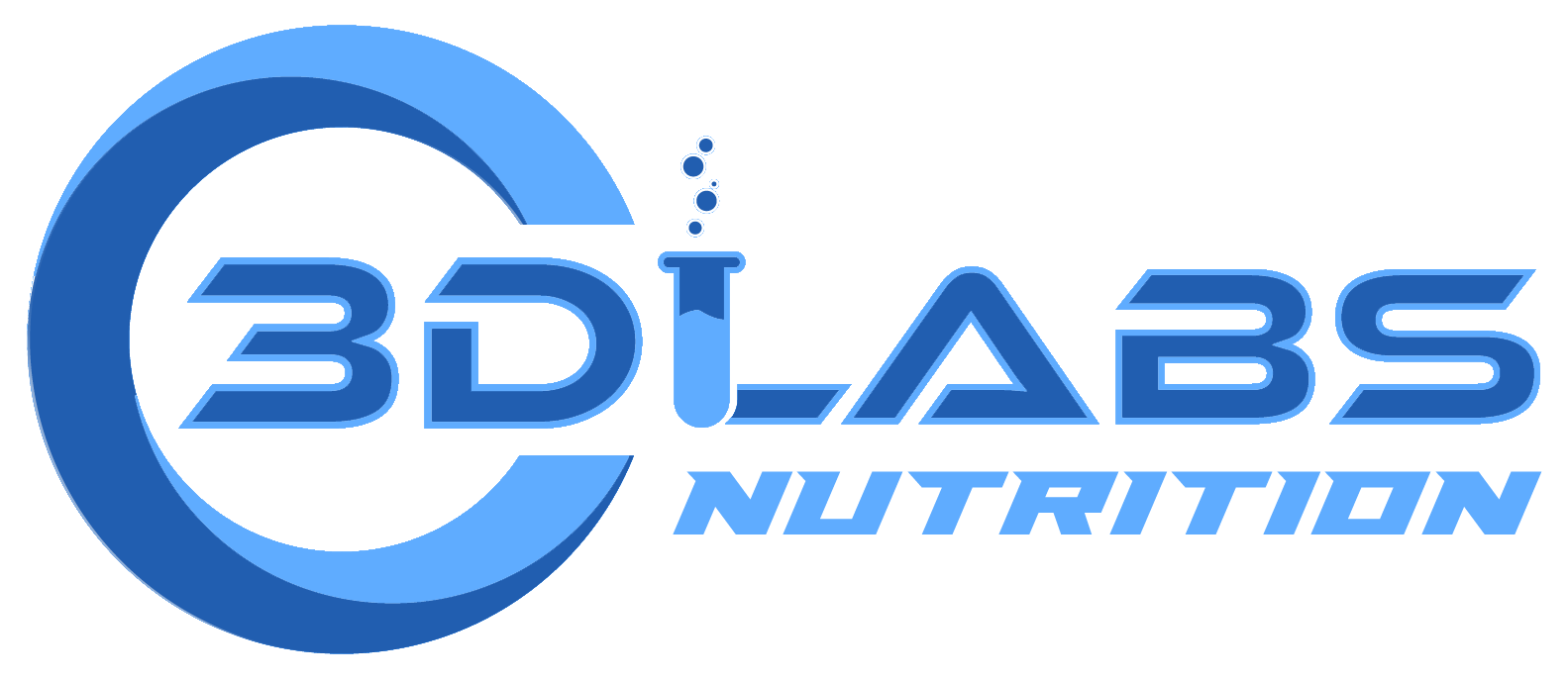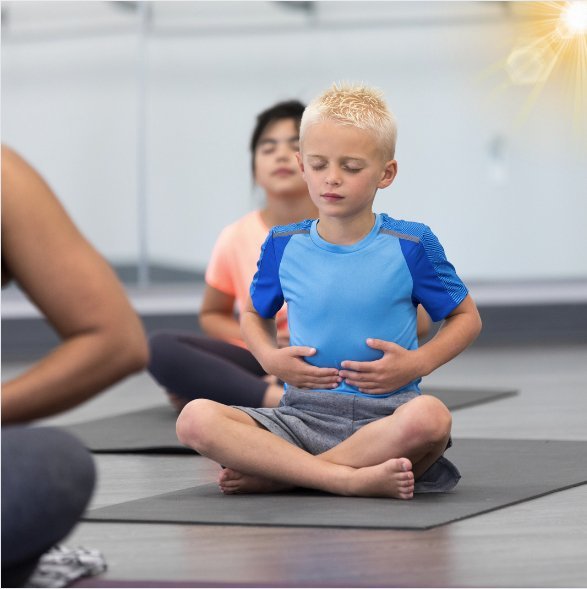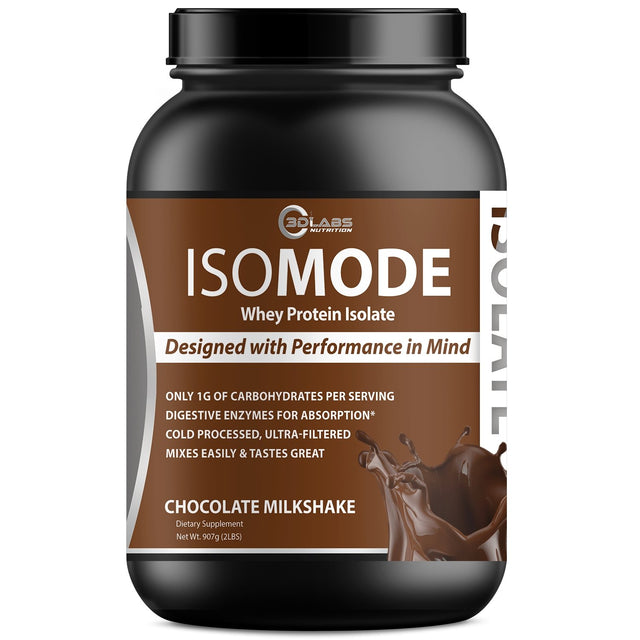5 Breathing Techniques for Instant Stress Relief
5 Breathing Techniques for Instant Stress Relief
In today's fast-paced world, stress seems to be a constant companion for many of us. Whether it's juggling work deadlines, managing household chores, or navigating personal relationships, life can sometimes feel like a never-ending rollercoaster ride. But what if we told you that the secret to instant stress relief is right under your nose, literally?
Breathing, something we do without a second thought, holds the key to calming your mind and body. Imagine having a toolkit of simple breathing techniques that you can use anytime, anywhere, to reduce stress and bring a sense of calm into your life. Sounds amazing, right?
In this blog post, we're going to give you five powerful breathing techniques that can help you hit the reset button and find your inner peace. Whether you're new to the idea of breath-work or a seasoned practitioner looking for new tips, these techniques are easy to learn and incredibly effective.
So, take a deep breath, relax, and let's dive into the world of mindful breathing for instant stress relief!
What is Stress?
Stress is an inevitable part of modern life, affecting individuals from all walks of life. It can stem from various sources such as work pressures, personal life challenges, financial difficulties, and health concerns. While a certain amount of stress can be motivating and even beneficial, chronic stress can have detrimental effects on both physical and mental health.
Physiologically, stress triggers the body's fight-or-flight response, a survival mechanism that prepares the body to face or flee from perceived threats. When this response is activated, the body releases stress hormones like adrenaline and cortisol, which increase heart rate, elevate blood pressure, and boost energy supplies. These changes can be helpful in short-term, high-stress situations, but when the body remains in a heightened state of alertness for prolonged periods, it can lead to a range of health issues.
Chronic stress can manifest in various ways, impacting both the body and mind. Physically, it can contribute to headaches, muscle tension, fatigue, digestive issues, and a weakened immune system. Mentally and emotionally, chronic stress can lead to anxiety, depression, irritability, and difficulty concentrating. Over time, the cumulative effects of stress can increase the risk of serious health conditions such as heart disease, hypertension, and diabetes.
Given the pervasive nature of stress and its significant impact on well-being, finding effective ways to manage and reduce stress is crucial. Breathing techniques offer a simple, accessible, and powerful tool to help mitigate the adverse effects of stress. By learning and practicing these techniques, individuals can activate the body's relaxation response, promoting a sense of calm and balance amidst the chaos of everyday life.
The Science Behind Breathing Techniques
Let's be honest, breathing is an act that we take for granted. We simply expect it to happen, never giving it a second thought. However, it holds significant power over our physical and mental states. The science behind breathing techniques reveals how intentional breath control can influence the body's stress response and promote relaxation.
At the core of this connection is the autonomic nervous system (ANS), which regulates involuntary bodily functions such as heart rate, digestion, and respiratory rate. The ANS is divided into two branches: the sympathetic nervous system (SNS) and the parasympathetic nervous system (PNS). The SNS is responsible for the body's fight-or-flight response, preparing us to respond to perceived threats by increasing heart rate, blood pressure, and adrenaline production. In contrast, the PNS, often referred to as the "rest and digest" system, promotes relaxation and recovery by slowing the heart rate, lowering blood pressure, and reducing stress hormone levels.
Breathing techniques work by stimulating the PNS, thereby counteracting the effects of the SNS and reducing the body's stress response. This process is rooted in the physiology of respiration. Slow, deep breathing activates the vagus nerve, a critical component of the PNS that extends from the brainstem to the abdomen. When the vagus nerve is stimulated, it sends signals to various organs to reduce stress and promote a state of calm.
Scientific research supports the effectiveness of breathing exercises in reducing stress and enhancing overall well-being. Studies have shown that controlled breathing can lower cortisol levels, decrease heart rate, and improve heart rate variability (HRV), a measure of the balance between the SNS and PNS. Higher HRV is associated with better stress resilience and overall health.
Additionally, breathing techniques can influence brain activity. Slow, deep breaths can enhance alpha brain waves, which are linked to a relaxed and alert state. This shift in brain wave patterns can help reduce anxiety and improve mental clarity.
Incorporating breathing techniques into daily routines offers a practical and efficient way to manage stress. Whether used in moments of acute stress or as a regular practice for maintaining equilibrium, these techniques harness the body's natural mechanisms to foster relaxation and well-being. Understanding the science behind these practices empowers individuals to take control of their stress responses and enhance their quality of life through the simple act of mindful breathing.
Technique 1 (Diaphragmatic Breathing)
Diaphragmatic breathing, also known as belly breathing, is a powerful technique that encourages full oxygen exchange and helps activate the body's relaxation response. Unlike shallow breathing, which uses the chest muscles, diaphragmatic breathing engages the diaphragm, the large muscle located at the base of the lungs. This type of breathing is particularly effective in reducing stress and promoting a sense of calm.
Benefits of Diaphragmatic Breathing:
- Reduces heart rate and blood pressure
- Enhances lung efficiency
- Lowers levels of the stress hormone cortisol
- Improves core muscle stability
- Promotes relaxation and reduces anxiety
Step-by-Step Instructions:
- Find a Comfortable Position: Sit or lie down in a comfortable position. Place one hand on your chest and the other on your belly. This positioning helps you become aware of your breath and ensures that you are engaging your diaphragm.
- Inhale Deeply: Take a slow, deep breath in through your nose, allowing your belly to rise as you fill your lungs with air. The hand on your belly should move up, while the hand on your chest remains relatively still. Focus on directing the breath deep into your abdomen.
- Exhale Slowly: Exhale slowly through your mouth, allowing your belly to fall as you release the air. The hand on your belly should move down, while the hand on your chest remains still. Make your exhalation longer than your inhalation to maximize relaxation.
- Repeat the Process: Continue this pattern of slow, deep inhalations and exhalations for several minutes. Aim for about 5-10 minutes of practice, gradually increasing the duration as you become more comfortable with the technique.
Tips for Practice:
- Practice Regularly: Integrate diaphragmatic breathing into your daily routine. Consistency is key to experiencing the full benefits of this technique.
- Use Visualizations: Imagine your belly as a balloon, inflating and deflating with each breath. Visualization can enhance the effectiveness of the practice.
- Set a Calm Environment: Choose a quiet, comfortable space for your practice. Reducing external distractions helps you focus on your breath and relax more deeply.
- Pair with Relaxation Techniques: Combine diaphragmatic breathing with other relaxation techniques, such as progressive muscle relaxation or guided imagery, to enhance stress relief.
Diaphragmatic breathing is a simple yet potent tool that can be practiced anywhere, anytime. Whether you're at home, at work, or on the go, taking a few minutes to engage in belly breathing can help you manage stress effectively and improve your overall sense of well-being. By making this technique a regular part of your life, you can cultivate a calm and resilient mind, ready to face whatever challenges come your way.
Technique 2 (Box Breathing)
Box breathing, also known as square breathing, is a simple yet effective technique often used by athletes, military personnel, and individuals in high-stress professions to maintain calm and enhance focus. This method involves a structured pattern of inhaling, holding the breath, exhaling, and holding the breath again, each for an equal count. The technique helps regulate the breath, calm the mind, and reduce stress.
Benefits of Box Breathing:
- Improves focus and concentration
- Enhances mental clarity and decision-making
- Reduces physical and mental stress
- Stabilizes heart rate and promotes a sense of calm
- Can be practiced anywhere, making it highly versatile
Step-by-Step Instructions:
- Find a Comfortable Position: Sit upright in a chair with your feet flat on the ground or lie down on your back in a comfortable position. Keep your spine straight and your hands relaxed on your lap or at your sides.
- Inhale: Close your eyes if it helps you focus. Breathe in deeply through your nose for a slow count of four. Feel the air fill your lungs and expand your chest.
- Hold the Breath: Hold your breath for a count of four. During this pause, try to keep your body relaxed and focus on the stillness.
- Exhale: Slowly exhale through your mouth for a count of four. Ensure that the exhalation is steady and complete, emptying your lungs fully.
- Hold the Breath Out: Hold your breath again for a count of four after exhaling. Maintain a sense of calm and stillness during this pause.
- Repeat the Cycle: Repeat this cycle of inhaling, holding, exhaling, and holding for four counts each for several minutes. Start with five cycles and gradually increase the duration as you become more comfortable with the technique.
Tips for Practice:
- Use a Timer or App: If you find it challenging to keep track of the counts, consider using a timer or a breathing app that can guide you through the process.
- Practice Regularly: Incorporate box breathing into your daily routine, practicing it at specific times such as in the morning, during work breaks, or before bed.
- Create a Calm Environment: Choose a quiet, comfortable place free from distractions to practice box breathing, especially when you are just starting out.
- Adjust the Count: If a count of four feels too long or too short, adjust the count to a number that feels comfortable for you. The key is to maintain equal counts for each phase of the breath.
Practical Applications:
- Stressful Situations: Use box breathing to calm your nerves before a stressful event, such as a big presentation, exam, or meeting.
- Daily Routine: Incorporate it into your daily routine to help manage chronic stress and maintain a balanced state of mind.
- Sleep Aid: Practice box breathing before bed to help wind down and prepare your body for a restful night's sleep.
Box breathing is a versatile and accessible technique that can be practiced anywhere, anytime you need to calm your mind and body. By making this technique a regular part of your stress management toolkit, you can enhance your ability to remain composed and focused in the face of daily challenges.
Technique 3 (4-7-8 Breathing)
The 4-7-8 breathing technique, popularized by Dr. Andrew Weil, is a simple yet powerful method designed to promote relaxation and reduce stress. This technique is based on an ancient yogic practice known as pranayama and is particularly effective in calming the nervous system, making it a great tool for managing anxiety, improving sleep, and enhancing overall well-being.
Benefits of 4-7-8 Breathing:
- Promotes relaxation and reduces anxiety
- Helps to fall asleep faster and improves sleep quality
- Lowers heart rate and blood pressure
- Improves focus and concentration
- Can be done anywhere, anytime
Step-by-Step Instructions:
- Find a Comfortable Position: Sit or lie down in a comfortable position with your back straight. If you're sitting, place your feet flat on the ground and rest your hands on your lap or thighs.
- Prepare for the Exercise: Begin by exhaling completely through your mouth, making a whooshing sound. This prepares your lungs for the breathing exercise.
- Inhale: Close your mouth and inhale quietly through your nose for a mental count of four. Focus on filling your lungs and expanding your abdomen as you breathe in.
- Hold the Breath: Hold your breath for a count of seven. During this time, try to keep your body relaxed and your mind focused.
- Exhale: Exhale completely through your mouth, making a whooshing sound, for a count of eight. Ensure that the exhalation is steady and thorough, emptying your lungs fully.
- Repeat the Cycle: Repeat this cycle of 4-7-8 breathing for four breath cycles initially. Gradually increase to eight breath cycles as you become more comfortable with the technique.
Tips for Practice:
- Consistency is Key: Practice the 4-7-8 technique twice a day, ideally once in the morning and once before bed. Consistent practice enhances its effectiveness over time.
- Adjust if Necessary: If holding your breath for seven counts feels challenging, start with a shorter duration and gradually work up to the full count.
- Create a Calming Environment: Practice in a quiet, comfortable space where you can focus without distractions, especially when you're just beginning.
- Use it When Needed: This technique is particularly effective in moments of acute stress or anxiety. Use it whenever you need to calm your mind and body quickly.
Practical Applications:
- Stressful Moments: Employ the 4-7-8 breathing technique during high-stress situations, such as before a public speaking event or a difficult conversation, to regain composure.
- Sleep Aid: Practice this technique as part of your bedtime routine to help quiet your mind and prepare your body for restful sleep.
- Daily Relaxation: Integrate 4-7-8 breathing into your daily relaxation practices, such as during meditation or after exercise, to enhance its calming effects.
The 4-7-8 breathing technique is a straightforward and effective method for managing stress and promoting relaxation. By incorporating this practice into your daily routine, you can harness the power of your breath to create a sense of calm and balance in your life, enhancing both your mental and physical well-being.
Technique 4 (Alternate Nostril Breathing)
Alternate nostril breathing, known as Nadi Shodhana in yoga, is a calming and balancing technique that involves breathing through one nostril at a time. This practice is rooted in ancient yogic traditions and is believed to balance the flow of energy in the body, clear the mind, and reduce stress. It is particularly effective in promoting mental clarity and emotional stability.
Benefits of Alternate Nostril Breathing:
- Balances the nervous system
- Reduces stress and anxiety
- Enhances mental clarity and focus
- Promotes overall emotional stability
- Helps to clear the mind and improve concentration
Step-by-Step Instructions:
- Find a Comfortable Position: Sit comfortably with your spine straight and shoulders relaxed. Close your eyes to enhance focus and relaxation.
- Position Your Hand: Use your right hand to control your nostrils. Place your right thumb on your right nostril and your right ring finger on your left nostril. Your index and middle fingers can rest on your forehead or fold into your palm.
- Close the Right Nostril and Inhale: Close your right nostril with your thumb and inhale deeply and slowly through your left nostril. Focus on filling your lungs completely.
- Close Both Nostrils and Hold the Breath: Close your left nostril with your ring finger, so both nostrils are closed, and hold your breath for a moment.
- Exhale Through the Right Nostril: Release your right nostril and exhale slowly and completely through your right nostril.
- Inhale Through the Right Nostril: Inhale deeply and slowly through your right nostril, keeping your left nostril closed with your ring finger.
- Close Both Nostrils and Hold the Breath: Close your right nostril with your thumb again, hold your breath for a moment.
- Exhale Through the Left Nostril: Release your left nostril and exhale slowly and completely through your left nostril.
- Repeat the Cycle: This completes one cycle of alternate nostril breathing. Continue this pattern for 5-10 minutes, gradually increasing the duration as you become more comfortable with the technique.
Tips for Practice:
- Practice Regularly: For best results, practice alternate nostril breathing daily. Consistency will help you experience the full benefits of this technique.
- Focus on Breath Quality: Ensure that your breaths are slow, deep, and steady. The goal is to make each inhalation and exhalation smooth and controlled.
- Stay Relaxed: Keep your body relaxed throughout the practice. Avoid tensing your shoulders or chest.
- Use Visualization: Imagine the breath as a flow of energy moving through your body, bringing balance and calm with each cycle.
Practical Applications:
- Morning Routine: Begin your day with a few minutes of alternate nostril breathing to promote clarity and focus for the tasks ahead.
- Midday Break: Use this technique during a midday break to refresh your mind and reduce stress levels.
- Pre-Sleep Practice: Incorporate alternate nostril breathing into your bedtime routine to help unwind and prepare for restful sleep.
- Meditation Enhancement: Use it as a prelude to meditation to deepen your practice and enhance concentration.
Alternate nostril breathing is a versatile and powerful technique that can be easily integrated into your daily routine. By practicing this method regularly, you can achieve a balanced mind and body, reducing stress and enhancing your overall sense of well-being.
Technique 5 (Resonant or Coherent Breathing)
Resonant breathing, also known as coherent breathing, is a simple yet effective technique that involves breathing at a rate of about five breaths per minute. This technique is designed to optimize the balance between the sympathetic and parasympathetic nervous systems, promoting a state of relaxation and equilibrium. Resonant breathing is particularly beneficial for managing stress, improving heart rate variability (HRV), and enhancing overall well-being.
Benefits of Resonant Breathing:
- Balances the nervous system
- Reduces stress and anxiety
- Improves heart rate variability (HRV)
- Enhances focus and mental clarity
- Promotes overall physical and emotional health
Step-by-Step Instructions:
- Find a Comfortable Position: Sit or lie down in a comfortable position with your spine straight and your body relaxed. Close your eyes to help focus on your breath.
- Set a Breathing Pace: The goal of resonant breathing is to breathe at a rate of about five breaths per minute. This means each breath cycle (inhalation and exhalation) should last about 12 seconds.
- Inhale Slowly: Inhale deeply through your nose for a count of five. Focus on filling your lungs completely and expanding your diaphragm.
- Exhale Slowly: Exhale gently through your nose or mouth for a count of seven. Ensure that the exhalation is smooth and controlled, allowing your body to relax with each breath out.
- Continue the Cycle: Continue this pattern of slow, deep inhalations and exhalations for at least 10 minutes. Aim for a steady and consistent rhythm, maintaining the five breaths per minute pace.
Tips for Practice:
- Use a Timer or App: To help maintain the correct pace, use a timer or a breathing app that guides you with visual or audio cues.
- Practice Regularly: Incorporate resonant breathing into your daily routine, practicing for 10-20 minutes each day to maximize its benefits.
- Find a Quiet Space: Choose a quiet, comfortable environment free from distractions to practice resonant breathing, especially when you are just starting out.
- Focus on Relaxation: As you breathe, focus on releasing tension and allowing your body to relax. Visualize each exhalation as a wave of calm washing over you.
Practical Applications:
- Daily Routine: Integrate resonant breathing into your daily routine, practicing in the morning to set a calm tone for the day or in the evening to unwind before bed.
- Stressful Situations: Use this technique during stressful moments, such as before a presentation or after a challenging meeting, to regain composure and clarity.
- Mindfulness and Meditation: Combine resonant breathing with mindfulness practices or meditation to deepen your sense of relaxation and focus.
- Physical Activity: Practice resonant breathing after exercise to help your body transition from a state of activity to relaxation.
Resonant breathing is a powerful tool that leverages the natural rhythm of your breath to promote balance and well-being. By practicing this technique regularly, you can enhance your ability to manage stress, improve your overall health, and cultivate a sense of calm and resilience in your daily life.
As You Can See
Stress is an unavoidable part of life, but learning to manage it effectively is crucial for maintaining both physical and mental well-being. Breathing techniques offer a simple, accessible, and powerful way to reduce stress and promote relaxation. By incorporating these practices into your daily routine, you can harness the natural power of your breath to create a sense of calm and balance.
Remember, each of these techniques offers unique benefits and can be practiced anywhere, anytime. Whether you're dealing with daily stressors or looking to improve your overall mental and physical health, these breathing exercises can be valuable tools in your stress management toolkit.
We encourage you to experiment with these techniques and find the ones that work best for you. Integrating them into your daily routine can help you cultivate a calmer, more resilient mind and body. Remember, the key to effective stress management is consistency, so make these practices a regular part of your life and experience the transformative power of mindful breathing.
For further resources and tips on managing stress and enhancing your well-being, explore our other blog posts and guides on 3D Labs Nutrition. Your journey to a healthier, more balanced life starts with a single breath.
Always Remember...
We would love to hear your thoughts on this, or any other article we write, so please, drop us your comments, ideas, input, and suggestions in the comments below.
And, by all means, if you think anyone in your world might like something we write, use the share buttons below to help us spread the word!
Until next time...PROGRESS, not PERFECTION!
Don't forget, always consult your physician before making any changes to your diet or exercise regimen.
Live a 3D Life...Decisions Determine Destinations!








0 Comments
There are no comments for this article. Be the first one to leave a message!